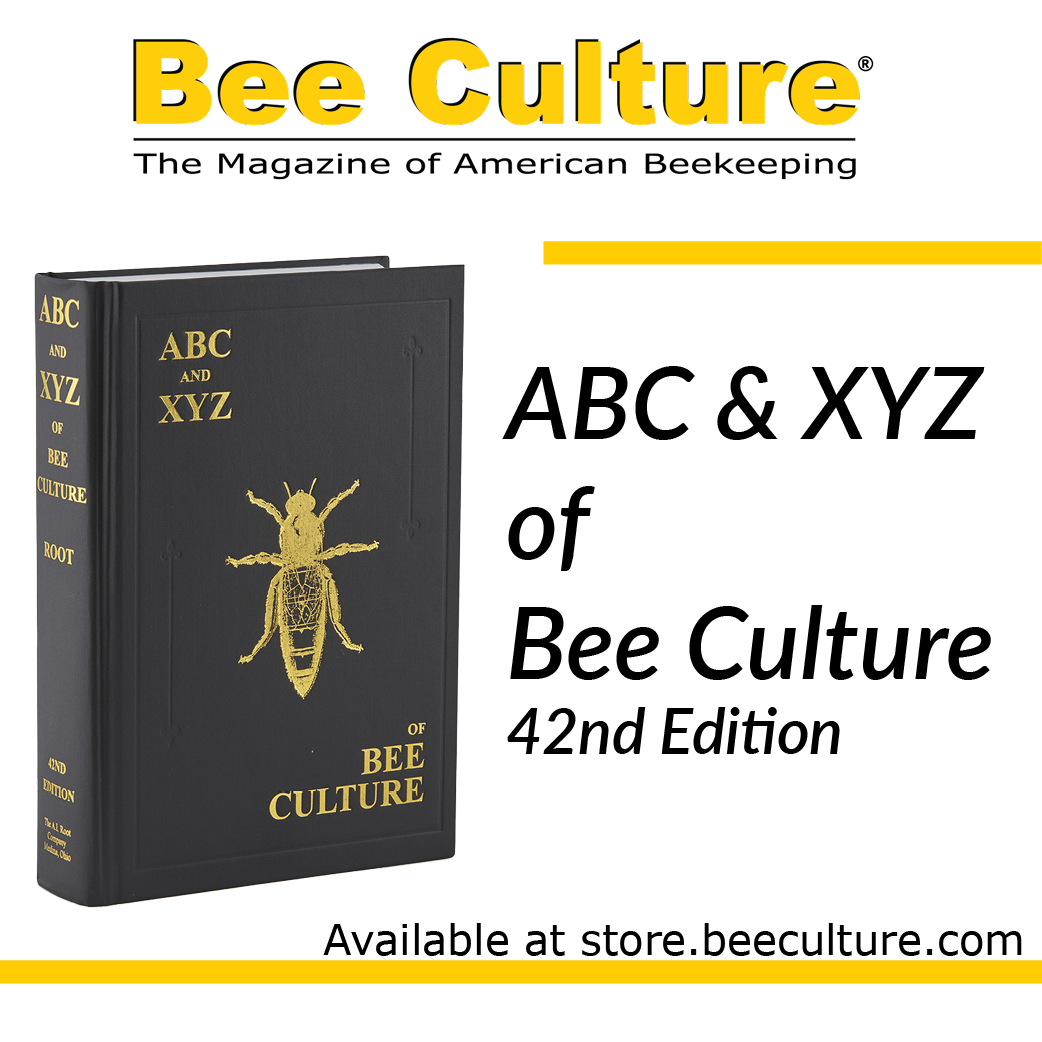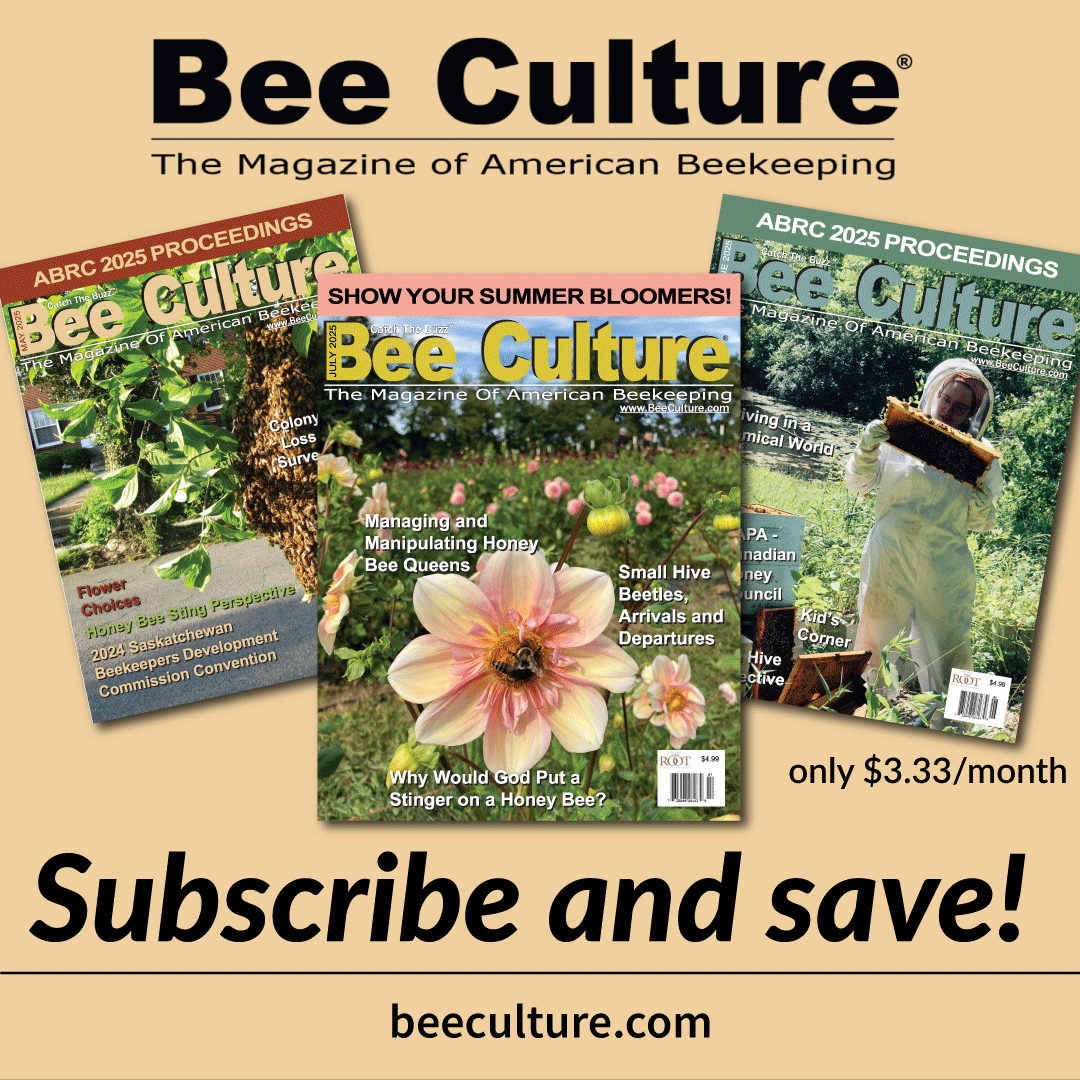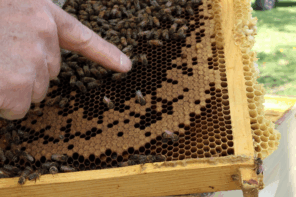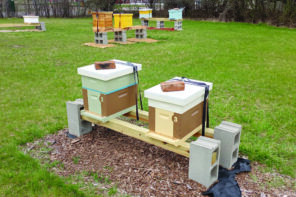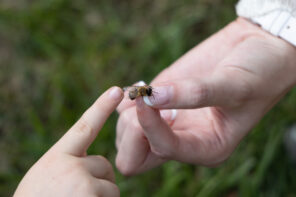You Too Can “Comment Now”
Local, state and federal regulations offer opportunities for public input.
By: Michele Colopy
The January article in Bee Culture spoke of the beekeeper’s voice, and the importance of communicating to your local, state, and national legislators and regulators about the issues, concerns, and needs of beekeepers, honey bees, and native pollinators. The national bee organizations (American Honey Producers Association, American Beekeeping Federation, National Honey Bee Advisory Board, and the Pollinator Stewardship Council) work together to convey the issues, concerns, and needs of beekeepers to federal regulators and legislators. State beekeeping associations work with their local legislators to affect positive change in their communities. (The Pollinator Stewardship Council has assisted (and is here to assist other beekeeping groups) with communicating local messages to local legislators in support of your local concerns.) The beekeeper’s voice cannot be left to just a few leaders, or a few groups. If you are a beekeeper, if you value the pollination services of honey bees and native pollinators, you too must make your voice heard.
Local, State, and federal regulations offer opportunities for public input. These public comments can affect whether the regulation or law is enacted, amended, or denied or voted down. Your individual voice is as important as the State Association’s voice, and national bee organizations’ voices. One letter from all four of the national bee groups is not enough. The membership of those organizations also needs to follow-up their association letter with a letter of their own. In this age of emails and instant communication, “commenting” has become very easy. The Pollinator Stewardship Council helps you with this process offering a “two click” process to send a comment email to a legislator, or provides an electronic letter you can copy and paste into Regulations.gov so you can make your voice heard.
“In October 2002, the eRulemaking Program was established as a cross-agency E-Gov initiative under Section 206 of the 2002 E-Government Act (H.R. 2458/S. 803) and is based within the U.S. Environmental Protection Agency. The eRulemaking Management Office (PMO) leads the eRulemaking Program and is responsible for the development and implementation of the public facing website, Regulations.gov.
The vision of the eRulemaking Program is to enable the public ease of access to participate in a high quality, efficient, and open rulemaking process. The primary goals of the Program are:
-
- Increase public access to federal regulatory materials
- Increase public participation and their understanding of the federal rulemaking process
- Improve federal agencies efficiency and effectiveness in rulemaking development”(1)
“Regulations.gov is an innovative website providing public users ease of access to federal regulatory content and a way to submit comments on agencies’ regulatory documents published in the Federal Register (FR). On Regulations.gov, the public can:
-
- Search all publicly available regulatory materials, e.g., posted public comments, supporting analyses, FR notices, and rules
- Submit a comment on a regulation or on another comment
- Submit an application or adjudication document
- Download agencies regulatory materials as a .csv file
- Sign up for e-mail alerts about a specific regulation
- Quickly access regulations that are popular, newly posted, or closing soon – directly from the home page
- Access the Regulations.gov API Terms of Service and the link to api.data.gov where users can sign up for an API key”(2)
“In the past, if members of the public were interested in commenting on a regulation, they would need to know the sponsoring agency, when it would be published, review it in a reading room, and then struggle through the comment process specific to each agency. Regulations.gov removed the logistical barriers that made it difficult for a citizen to participate in the complex regulatory process, revolutionizing the way the public can participate in and impact Federal rules and regulations. Now the public can conveniently participate in the rulemaking process from anywhere.”(3)
Email and web-based programs make it easy to communicate with regulators and lawmakers. It is a simple, quick, efficient, effective method to make the beekeeper’s voice heard.
Regulations.gov describes the process of how to submit a comment:
- Find a document of interest.
- Click a “Comment Now!” button on the Search Results page. You are taken to the Comment Form, “Your Information” screen.
- Enter your comment. If you want to attach any files, click the “Choose file(s)” button. Be sure to complete any contact information fields that are required. Once you have completed this information click the “Continue” button.
- Now you will see the “Your Preview” screen. This shows you how your comment will appear on Regulations.gov. Any contact information you provide that will appear on Regulations.gov is indicated as well as the information that will not appear. Once you have reviewed the information, you can either edit your comment further by clicking the “Edit” button at the bottom of the screen or submit your comment.
If you click the “Edit” button you will return to the “Your Information” screen, where you can modify the information you provided.
When you decide to submit your comment, you must first agree to the disclaimer and check the box. This will enable the “Submit Comment” button. - Once you have submitted your comment, “Your Receipt” is viewable. Be sure to save your comment tracking number in case you want to find your comment (i.e., Public Submission) once it is made viewable on Regulations.gov. Additionally, you can receive an emailed copy of your comment receipt by entering your email address in the field and clicking the “Email Receipt” button. When you have successfully emailed the comment receipt you will see the message “Your email receipt was sent successfully”.
- Check your inbox to ensure that you received your comment receipt.(4)
The Pollinator Stewardship Council makes it easy for you when we seek your support of regulations, proposed rules, and legislation. We create a letter you can copy and paste into the comment (with encouragement to add your own words – as Agency reviewers of public comments do note when they get a plethora of “form letters.”). Comments need to be fact-based, from your experience, professional, polite, and succinct. One page letters are the best with the lead sentence stating your support or not of the rule, regulation, or legislation. While the written word is a way to vent anger and frustration, vitriol does not give credence to your experience, and often devalues your point of view.
With the busy lives of everyone, not just beekeepers, it is difficult to keep abreast of issues. State and national beekeeping associations can keep you apprised; seeking your support when it is relevant to you and your honey bees. Beekeeping groups must not procrastinate though, waiting until the “12th hour” to seek your support. (The Pollinator Stewardship Council has been guilty of this as we wait for others to confirm the national position, delaying the process to contact individual beekeepers for their support and action.) One letter from the State Association or one letter from a national beekeeping group is not enough: letters from individual beekeepers supports the state and national letter, shows the regulators and legislators, bee club members and others support the state and national letter. It takes all of us to support beekeeping, honey bees, and native pollinators. So, get an email account. Sign-up for our Newsletter (www.pollinatorstewardship.org) so you can Take Action for pollinators, and make the beekeeper’s voice heard.
(1) http://www.regulations.gov/#!aboutProgram
(2) http://www.regulations.gov/#!aboutProgram
(3) http://www.regulations.gov/#!aboutProgram
(4) http://www.regulations.gov/#!help




